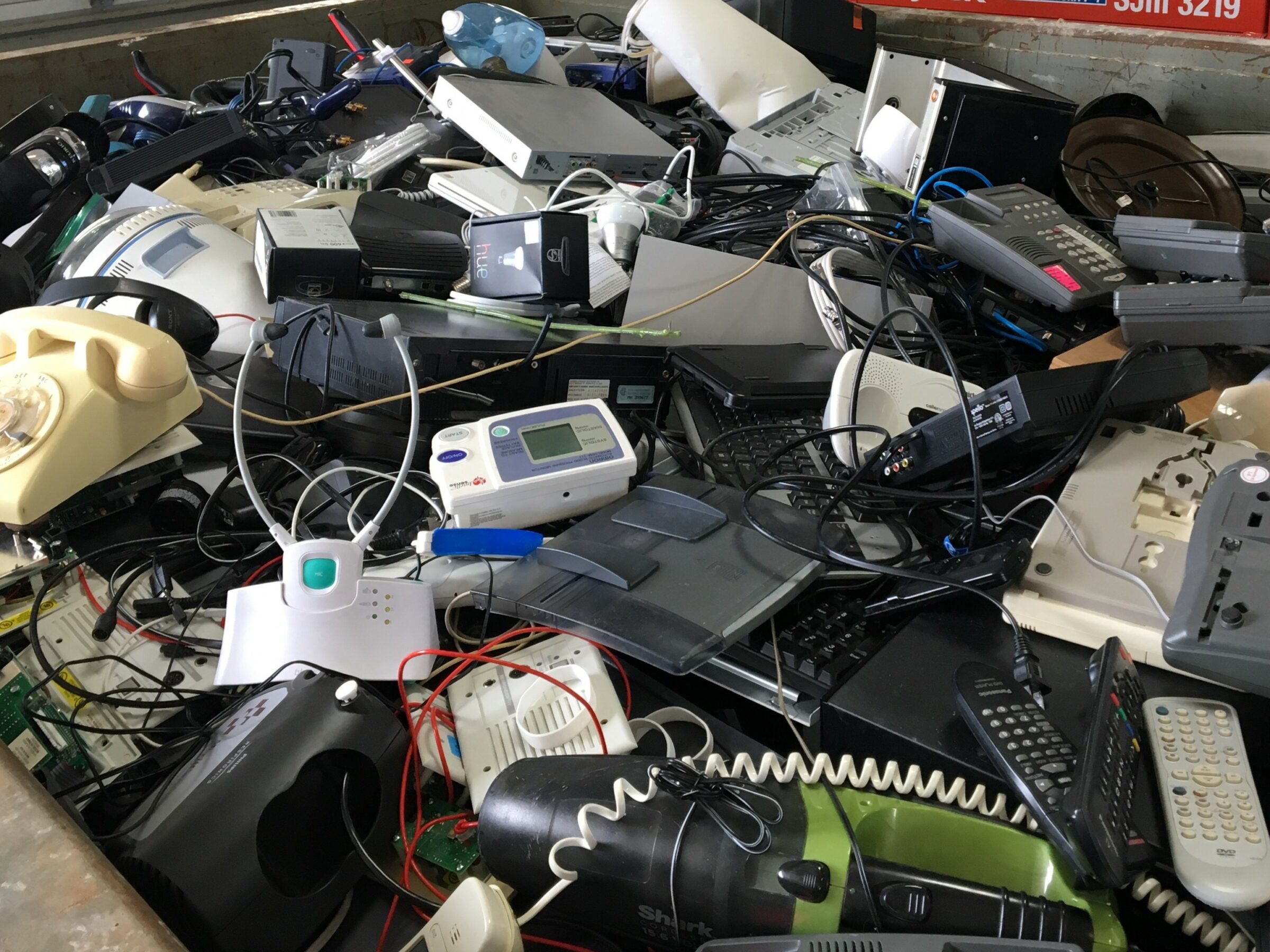Planned Obsolescence

We live in a world driven by economics and that means corporations are mostly driven by one thing: the bottom line. Profit determines how they make their products, the quality at which those products are produced, and the price points for sale. One way to increase profits is called planned obsolescence. Planned obsolescence is the “strategy of deliberately ensuring that the current version of a given product will become out of date or useless within a known time period. This proactive move guarantees that consumers will seek replacements in the future, thus bolstering demand.” Companies can decrease the quality of their products, which saves them money, and then sell more products later, which increases profits—a win-win for them, but more money out of your pocket. This can be the microwave that won’t last for more than a couple years (but is more expensive to repair than buy new) or the cell phone that isn’t able to update security software and becomes obsolete.
Planned obsolescence causes large amounts of waste. Not only are there more products headed to the landfill (which fill up faster), the manufacturing of those products use more energy and natural resources, and transportation is needed between each phase. Most of those products come with packaging, which goes through the same waste-producing process as the product itself. All of this increases emissions, contributes to climate change, and negatively impacts human heath, and is killing more people each year.
You can help break the cycle, while saving your money and improving everyone’s health:
- Research the product you want to buy, read reviews, and buy the best made product you can.
- It may be more expensive at the start, it will generally last longer and will save money over time.
- For electronics, specifically research its end of life/life expectancy to know how long it’s expected to last.
- Bring complaints to companies and advocate for replacement parts for the gadget that is broken. Leave negative reviews for products that are poorly made or hard to fix. Companies have to change what doesn’t sell.
- Buy from companies that are transparent about their processes and have made changes to lessen the impact—but be wary of “green washing”. Look for companies that have “cradle to grave” or “cradle to cradle” policies.
- Fast fashion adds up too; consider a capsule wardrobe.
- Be honest about what you need as opposed to what you want; only buy needs.
